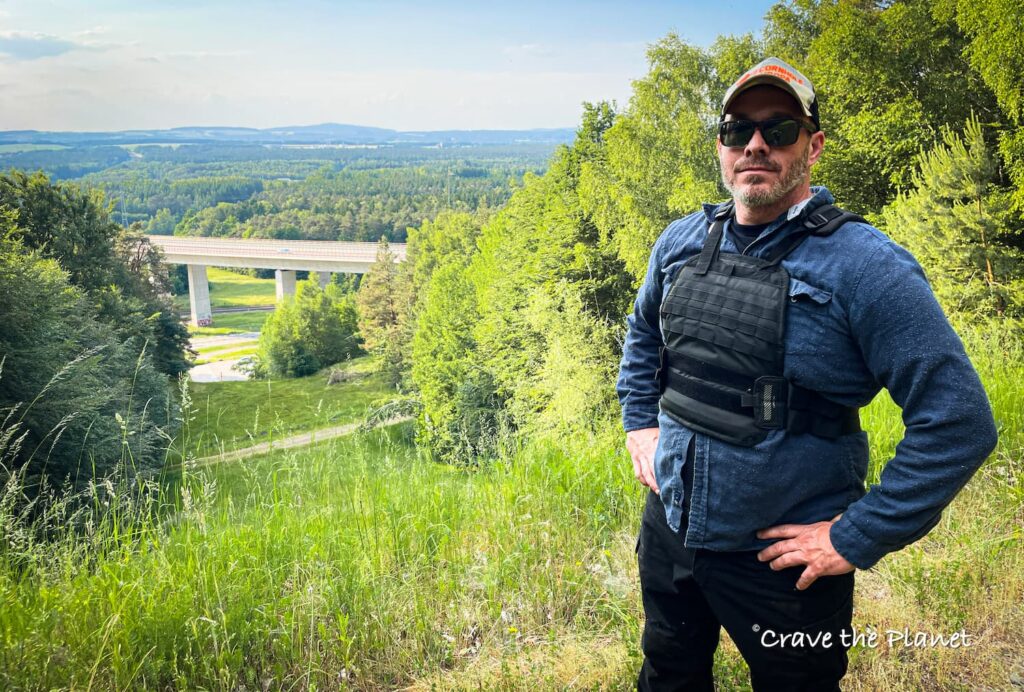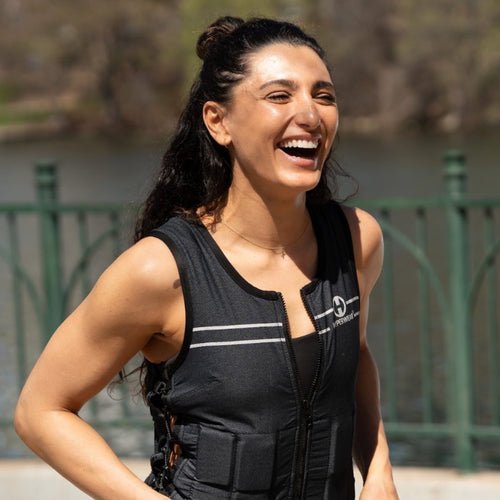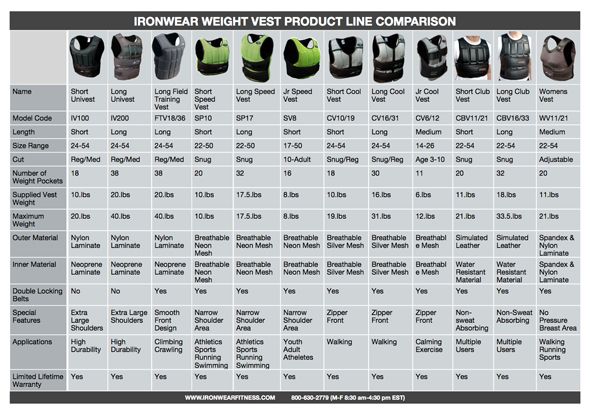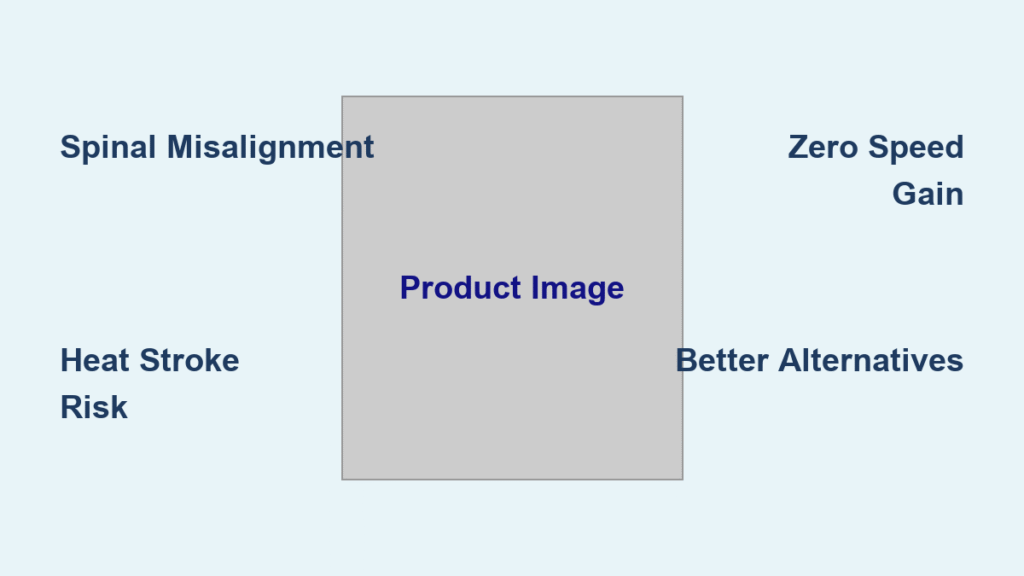Strapping a weighted vest onto your next hike instantly upgrades a leisurely stroll into a calorie-torching, bone-strengthening powerhouse workout—without the joint stress of running or treadmill monotony. Research confirms that adding just 4-10% of your body weight transforms ordinary hiking into a dual cardio-strength session that delivers measurable fitness gains in weeks. Whether you’re power-walking neighborhood trails or tackling mountain paths, this simple gear shift amplifies every step you take while keeping you immersed in nature’s therapy.
Forget hour-long gym sessions: weighted vest hiking delivers functional strength, metabolic boosts, and injury-resistant bones through movement your body was designed to do. The beauty lies in its accessibility—you can start with as little as six pounds and immediately feel the difference in muscle engagement. Best of all, these benefits of hiking with a weighted vest compound over time, turning your favorite outdoor ritual into a comprehensive health solution that works while you explore.
Burn 12% More Calories Without Extra Effort
Why Every Step Becomes a Fat-Burning Machine
When you hike with a weighted vest, your body instantly works harder to maintain the same pace. Studies in the Journal of Strength and Conditioning Research prove this simple addition increases calorie burn by 12%—meaning a 30-minute hike now equals 34 minutes of unweighted effort. Your heart rate jumps 5-15 beats per minute as your cardiovascular system recruits more oxygen to fuel muscles against the extra load. But the real magic happens post-hike: your elevated metabolism continues burning calories for hours through excess post-exercise oxygen consumption (EPOC) as muscles repair.
Smart Strategies for Maximum Results
- Start light: Begin with 4% of your body weight (6 lbs for a 150-lb person) to avoid joint strain
- Listen to your breath: Maintain a conversational pace—gasping means you’ve exceeded the fat-burning zone
- Embrace hills: Natural inclines create metabolic spikes that flatten out on level ground
- Track progress: Note how your 2-mile route now leaves you slightly breathless where it didn’t before
Build Functional Strength That Transfers to Real Life

Lower Body Power Without the Gym
That extra weight forces your quads, hamstrings, and glutes to fire harder with every step, creating natural progressive overload. Unlike stationary machines, uneven trails engage stabilizer muscles through subtle lateral shifts—activating hip abductors that prevent common hiking injuries. You’ll notice the difference when climbing stairs or lifting groceries, as this functional strength builds through movement patterns your body uses daily.
Core and Upper Body Engagement You Never Expected
The vest’s mass constantly challenges your balance, triggering continuous core activation in your abs, obliques, and lower back. This dynamic stabilization is far more effective than static planks for improving posture and preventing the lower back pain that plagues backpackers. Simultaneously, shoulder straps provide sustained tension for your traps and shoulders—building endurance that helps you carry kids, luggage, or heavy shopping bags with ease.
Strengthen Bones Before Osteoporosis Takes Hold

The Critical Window for Bone Density
For women over 50—50% of whom will suffer an osteoporotic fracture—weighted vest hiking delivers targeted bone stimulation. Research in The Journals of Gerontology shows consistent vest use for five years completely halted hip bone-density loss in post-menopausal women. The 4-10% added load creates micro-stresses that trigger osteoblasts (bone-building cells) to deposit new mineral density, counteracting the 30-year natural decline.
Why It Beats Traditional Weight Training
Unlike isolated gym exercises, hiking’s multidirectional movement loads bones from every angle—especially critical for hip and spine health. Start conservatively (4% body weight) and progress slowly, as even modest loads generate significant bone-building signals. This low-impact approach is safer than running for at-risk populations while delivering comparable density gains.
Boost Heart Health Through Natural Cardiovascular Training
Elevate Fitness Without Sprinting
University of New Mexico research demonstrates measurable VO₂ max improvements in women who walked slowly with weighted vests—proving you don’t need high-intensity intervals to strengthen your heart. The consistent load forces your cardiovascular system to become more efficient at oxygen delivery, lowering resting heart rate over time. Within weeks, you’ll find everyday activities like climbing hills or rushing for a bus feel noticeably easier.
Breathe Deeper, Live Longer
The vest’s gentle pressure on your diaphragm expands lung capacity through sustained respiratory effort. This isn’t just for athletes—improved pulmonary function means better oxygen saturation for brain health and daily energy. Track your progress by timing how long you can maintain conversation on steep inclines; when your breathing stays steady where it previously labored, you’ve leveled up your cardio fitness.
Master Trail Confidence Through Balance Training
Neuromuscular Adaptations That Prevent Falls
That forward shift in your center of gravity when weighted trains ankle, knee, and hip stabilizers to react faster on uneven terrain. Within two weeks, you’ll notice improved confidence navigating rocky paths as your body learns to make micro-adjustments before you even register instability. This functional balance directly translates to reduced fall risk in daily life—critical for aging populations.
Sharpen Your Body’s Positional Awareness
Proprioception—the sense of where your body is in space—improves dramatically as you navigate roots and slopes under load. Your nervous system develops faster reflexes for catching slips, making you more agile in sports and daily activities. Test your progress by hiking with eyes closed for 10-second intervals (safely on flat ground)—you’ll be surprised how quickly your spatial awareness sharpens.
Choose Your Perfect Weight Load (Avoid Beginner Mistakes)

The Progressive Overload Blueprint
| Your Weight | Week 1 Load | Week 4 Load | Max Safe Load |
|---|---|---|---|
| 120 lbs | 5 lbs | 7-9 lbs | 12 lbs |
| 150 lbs | 6 lbs | 9-12 lbs | 15 lbs |
| 180 lbs | 7 lbs | 11-14 lbs | 18 lbs |
Critical progression rules: Never increase weight and distance in the same week. Add only 1-2 lbs every 2-3 weeks after acclimating to current load. If knees ache during downhill sections, reduce weight by 25%—joint pain means you’ve jumped too fast.
Essential Safety Guidelines Most Hikers Ignore
Prevent Heat Exhaustion and Joint Damage
Weighted hiking accelerates dehydration—drink 500ml water per 30 minutes (vs. 300ml unweighted). Choose vests with moisture-wicking mesh panels, and avoid cotton layers that trap sweat. Never hike weighted in temperatures above 85°F without medical clearance; the added exertion drastically increases heatstroke risk.
Red Flags That Mean Stop Immediately
- Sharp knee or hip pain (not muscle fatigue)
- Numbness in legs or feet
- Dizziness that persists after stopping
- Heart rate over 85% max for your age
Your 4-Week Beginner Transformation Plan
Week 1: Foundation Focus
- Load: 4% body weight
- Route: Flat neighborhood streets
- Key move: Practice “posture checks” every 5 minutes—chest up, shoulders back, core gently braced
- Warning: Skip hills until you complete three pain-free sessions
Week 4: Trail-Ready Strength
- Load: 6-8% body weight
- Terrain: Rolling hills with 10% grade inclines
- Pro tip: Shorten your stride uphill to reduce knee stress while maintaining power
- Progress marker: Complete 45-minute hike without removing vest
Weighted vest hiking delivers unmatched efficiency—burning more calories, building functional strength, and fortifying bones while you enjoy nature’s therapy. By starting conservatively with 4% body weight and progressing systematically, you’ll transform ordinary hikes into comprehensive fitness sessions that serve your long-term health. The real advantage? This isn’t another chore to squeeze into your schedule—it’s an upgrade to an activity you already love. Commit to just three 20-minute weighted hikes weekly, and within a month, you’ll notice stronger legs on stairs, steadier balance on icy sidewalks, and a metabolic edge that keeps fat loss momentum building. Your trails are waiting—strap on that vest and step into your strongest self.





